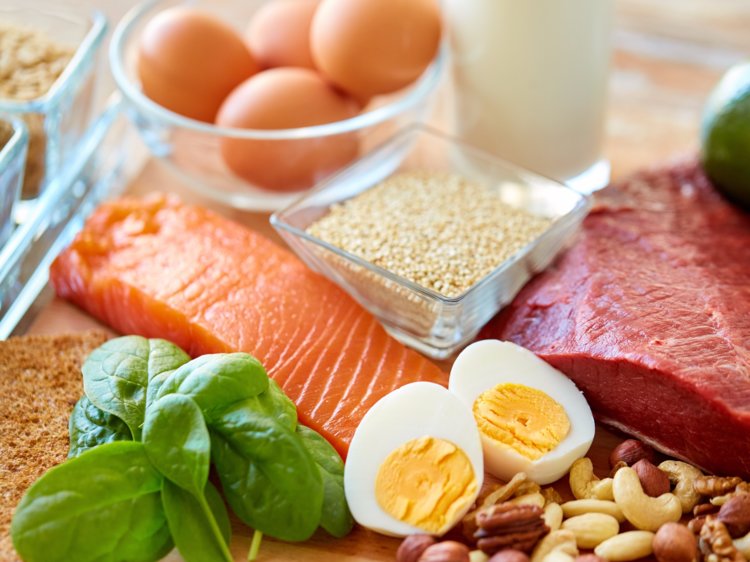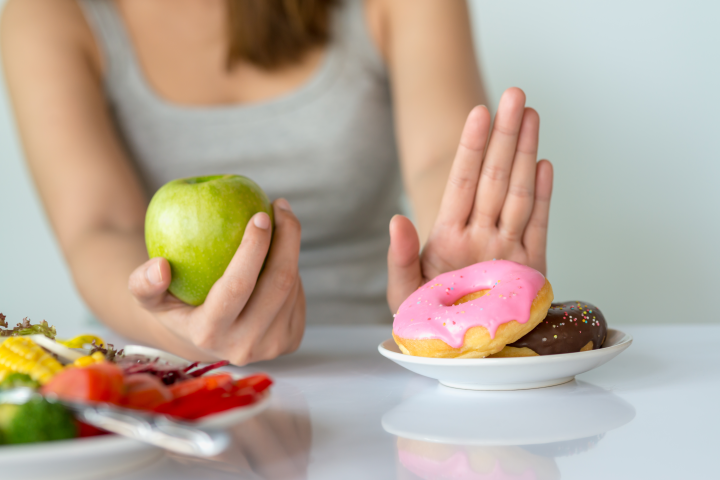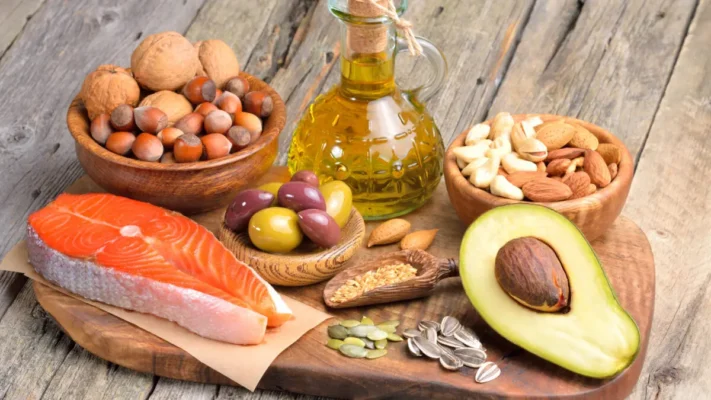Diabetes is a chronic condition that affects how your body processes blood sugar (glucose). Whether you have type 1, type 2, or gestational diabetes, managing your diet is essential for maintaining stable blood sugar levels, preventing complications, and improving overall health. A balanced and nutritious diet plays a key role in diabetes management.
Understanding Diabetes and Diet
Diabetes occurs when the body either doesn’t produce enough insulin (type 1 diabetes), becomes resistant to insulin (type 2 diabetes), or when hormonal changes during pregnancy affect insulin function (gestational diabetes). Insulin is crucial for helping glucose enter cells for energy. Without proper insulin action, blood sugar levels can rise dangerously.
A good diabetic diet focuses on:
Regulating blood sugar levels
Managing weight
Improving heart health
Reducing the risk of complications
Key Principles of a Diabetic Diet
1. Focus on Low Glycemic Index (GI) Foods

The Glycemic Index measures how quickly carbohydrates raise blood sugar levels. Foods with a low GI (55 or less) are better for diabetics.
Low GI Foods:
Whole grains (quinoa, barley, brown rice)
Legumes (lentils, chickpeas, black beans)
Non-starchy vegetables (spinach, broccoli, bell peppers)
Most fruits (apples, pears, berries)
2. Choose High-Fiber Foods

Fiber slows the digestion of carbohydrates, helping maintain steady blood sugar levels.
Good Sources of Fiber:
Whole grains
Vegetables and fruits (with skin)
Nuts and seeds
Legumes
Aim for at least 25–30 grams of fiber daily.
3. Include Lean Proteins

Protein helps control hunger and has minimal effect on blood sugar.
Healthy Protein Sources:
Skinless chicken or turkey
Fish (especially fatty fish like salmon, which also support heart health)
Eggs
Tofu and tempeh
Low-fat dairy
4. Limit Processed Carbohydrates and Sugars

Highly processed foods can spike blood sugar and contribute to weight gain and inflammation.
Avoid or Limit:
White bread, pasta, and rice
Sugary drinks (soda, sweetened coffee, energy drinks)
Candy, cakes, and pastries
Fast food
5. Healthy Fats are Essential

Not all fats are bad. Healthy fats support heart health and can improve insulin sensitivity.
Good Fats:
Avocados
Olive oil and canola oil
Nuts and seeds
Fatty fish
Avoid trans fats and limit saturated fats, often found in fried and packaged foods.
6. Portion Control and Regular Meals
Eating consistent meals and snacks throughout the day can prevent blood sugar spikes and crashes. Using tools like the plate method (half non-starchy vegetables, a quarter lean protein, a quarter whole grain or starch) can help with balance and portion control.
Sample One-Day Diabetic Meal Plan
| Meal | Foods Included |
|---|---|
| Breakfast | Oatmeal with chia seeds, blueberries, and a boiled egg |
| Snack | A small apple with a handful of almonds |
| Lunch | Grilled chicken salad with mixed greens, cherry tomatoes, cucumbers, olive oil dressing, and whole grain toast |
| Snack | Greek yogurt (unsweetened) with cinnamon |
| Dinner | Baked salmon, quinoa, and steamed broccoli |
| Dessert (optional) | Small square of dark chocolate (70%+) |
Diabetic Diets That Work
Some popular eating patterns have shown great benefits for diabetics:
1. Mediterranean Diet
Rich in fruits, vegetables, whole grains, olive oil, and fish. It helps improve insulin sensitivity and heart health.
2. DASH Diet (Dietary Approaches to Stop Hypertension)
Designed to lower blood pressure, it’s also effective for diabetes. Emphasizes fruits, vegetables, low-fat dairy, and lean proteins.
3. Plant-Based Diets
Focus on whole plant foods, legumes, and whole grains. Associated with lower blood sugar and weight loss.
4. Low-Carbohydrate Diets
Can help control blood sugar and promote weight loss. Should be monitored carefully with medical supervision.
Foods Diabetics Should Avoid or Limit
Sugary beverages
White bread, rice, and pasta
Fried foods
Full-fat dairy and fatty cuts of meat
Processed snacks and baked goods
Alcohol (limit and always consume with food)
Final Tips
Stay hydrated – Water is the best beverage for blood sugar control.
Read food labels – Check for hidden sugars and unhealthy fats.
Monitor blood sugar regularly – Adjust meals based on glucose levels.
Consult a registered dietitian or doctor – Especially when changing diets or managing medications.
Conclusion
There is no one-size-fits-all diet for diabetics, but the best diets share common traits: they are high in fiber, low in refined sugars, balanced in macronutrients, and focused on whole, unprocessed foods. With proper planning and lifestyle changes, diabetes can be effectively managed through diet and nutrition, leading to a healthier and more energetic life.

